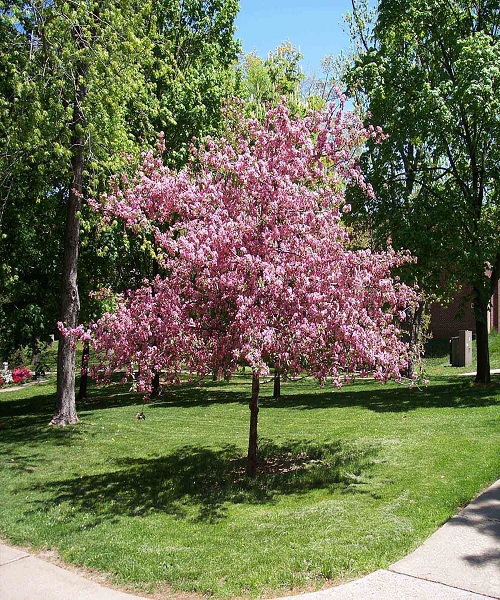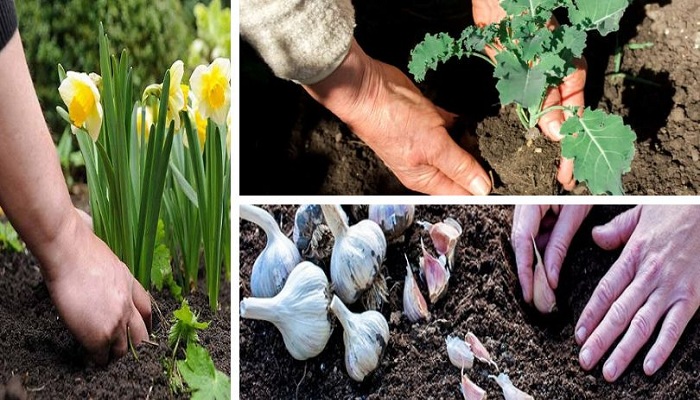This fall is ideal for planting a garden full of edibles and pretty blooms. There is something for everyone, from robust greens like kale, arugula, or spinach to delicate iris and tulip flower bulbs.
So, if you’re ready to move on from house plants, these are great additions, whether you use them raw on salads or cook them into dishes. Just remember that patience pays off, so take things slowly.
Kale
The kale in your garden is one of the healthiest choices you can make, and it’s versatile in the kitchen.
For optimal growth, kale should be planted when temperatures begin to drop in the fall (preferably six weeks beforehand), and then harvested after an early spring frost.
About eight weeks after planting, when the leaves are the size of a palm, they are ready to be harvested and used in culinary creations.

Garlic
Plan your garlic crop during the fall months for the best results.
Plant garlic bulbs at least a foot deep and leave approximately two feet of space between them so the plants have room to grow as they mature. Garlic needs six to eight hours of sunlight every day.
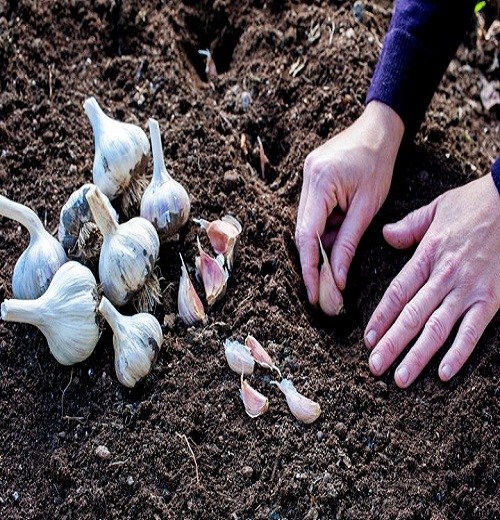
Arugula
Arugula, planted in October, will provide fresh, young leaves six to eight weeks later, making it easy to incorporate more greens into one’s diet.
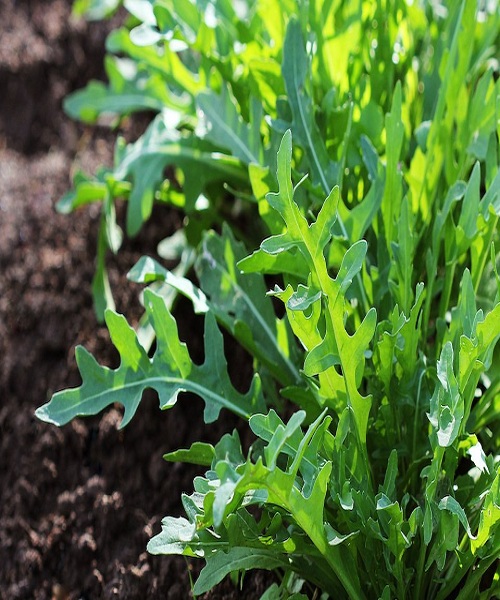
Shallots
Shallots require a warm climate and soil in order to thrive. For optimal growth, they should be planted in the fall and exposed to temperatures between 35 and 90 degrees Fahrenheit (including planting time).
When the tops start to turn brown after 90 days, you’ll know if you can harvest.
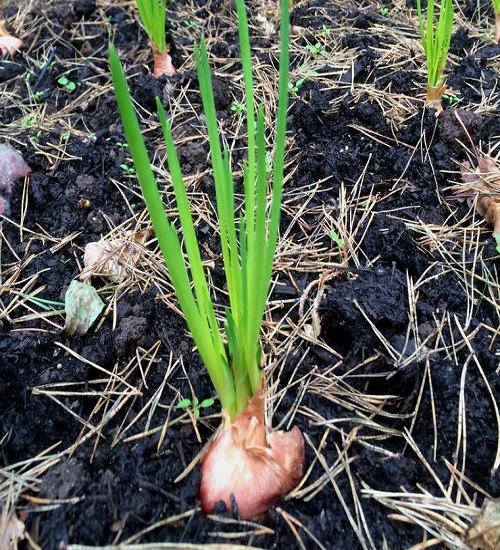
Peas
When summer comes around, nothing beats a fresh crop of peas. To get the most out of the soil, plant them in the fall or winter when temperatures are milder. Plant peas in a depth of one to two inches of loose, fertile soil, and space them out so their roots have plenty of room to grow.
Give these little legumes lots of sunlight and they’ll taste even sweeter than before!

Tulips
The tulip is the symbol of spring and can thrive in chilly climates thanks to its hardy nature. Begin planting them in the fall with an inch or so of high-quality potting mix when average nighttime temperatures are between 40 and 50 degrees Fahrenheit.
If you want your bulbs to bloom beautifully, you should not plant them in wet soil.

Daffodils
If you’re looking for a flower that will survive all winter long, look no further than daffodils. Be sure the soil is damp, but not too wet, before planting.
Plants need at least six hours of sunlight every day to thrive, so put them outside a south-facing window or in front of a door after planting. Then, give them two weeks to settle in before picking blooms to give the roots time to strengthen.
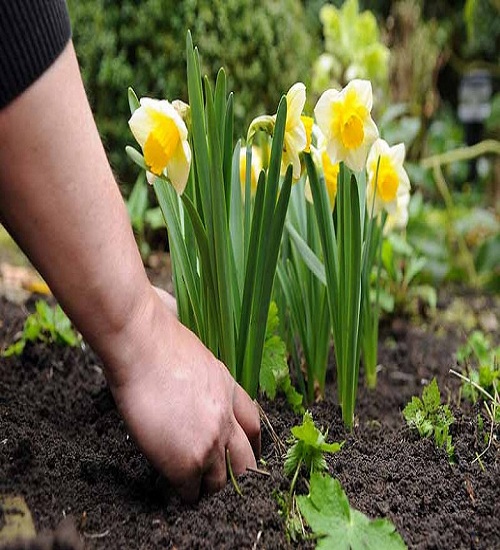
Pansies
Pansies, which are a type of flower with faces, can make for a lively window display. Since it is a container plant that does best in bright but not intense light, pansies require frequent watering and the correct amount of sunlight (not too much).
If you see that they aren’t doing as well as usual, it’s usually because they’re dehydrated.
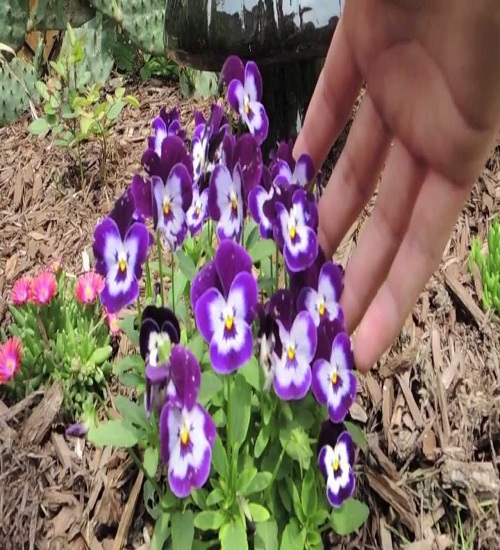
Crocuses
If you want a flower that will bloom all winter long with minimal effort, daffodils are your best bet. Be sure the soil is damp, but not too wet, before planting.
Crocuses are an unusual flower since it begins to blossom in the winter, despite the presence of snow.
Planting crocus bulbs in clusters, as opposed to in a single row, will produce spectacular results. This will give your flower arrangements additional visual impact.
Crocuses need to be planted before the ground freezes.
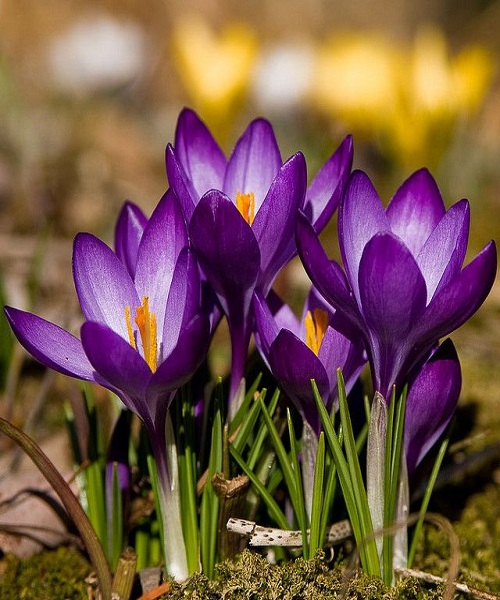
Iris
Irises are a beautiful, delicate flower with vivid hues and expressive shapes. They thrive in temperatures between 40 and 50 degrees Fahrenheit and may even survive in relatively dry conditions as long as there is plenty of sunshine.
Proper drainage is important for your Iris roots, so leave enough of space around the pot. For the greatest results, plant your Iris somewhat close to the soil’s surface and avoid digging too deeply.

Hellebores
Towards the end of winter, you may notice a Helleborus popping up through the snow.
There are 2 popular varieties, both have white petals and bloom in warmer climates. One is called a Christmas Rose, and the other is called a Lenten Rose.
These flowers prefer moderate or full shade, well-drained soil, and fertilizer because to their early-blooming nature.

Flowering Cherry Tree
Flowering cherry trees are well known for their pink blooms, which open at the start of spring.
They do best when planted in the early fall. The best results can be achieved if they are exposed to a lot of sunlight and have good wind protection to prevent being toppled by early snowfall.
